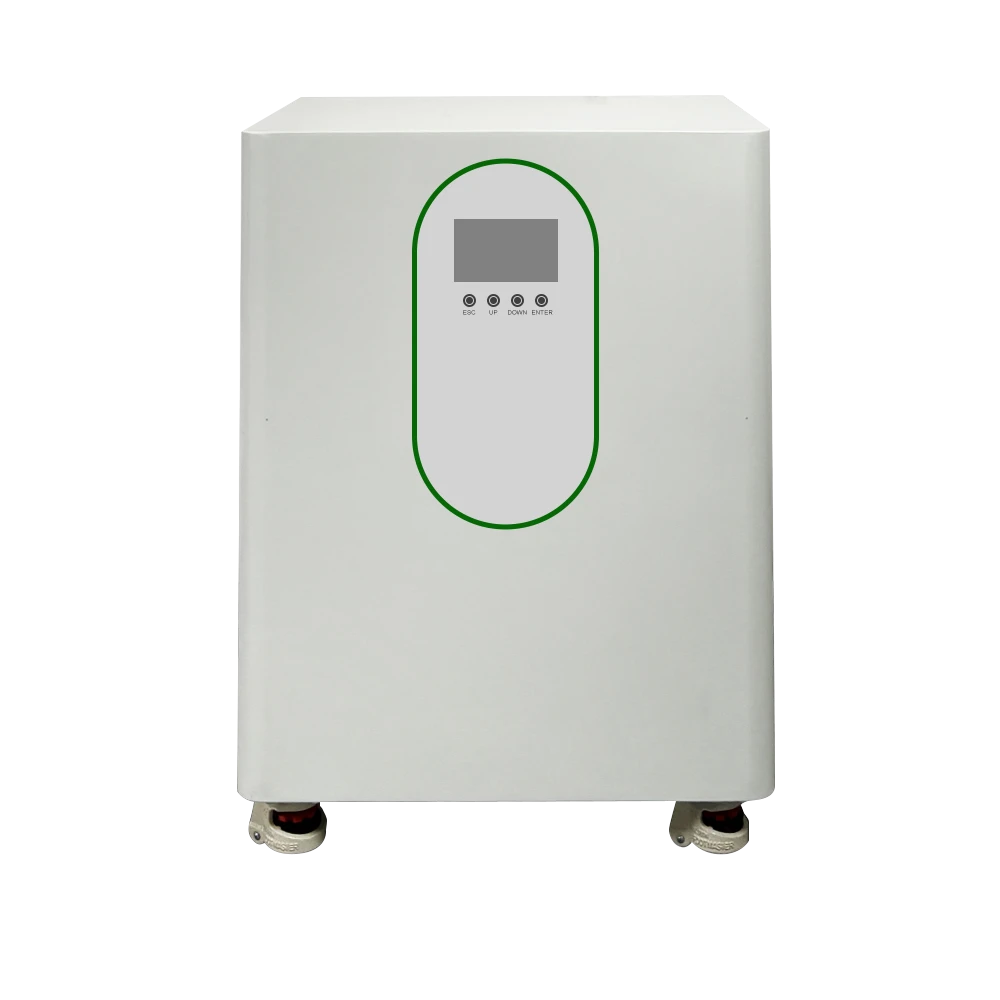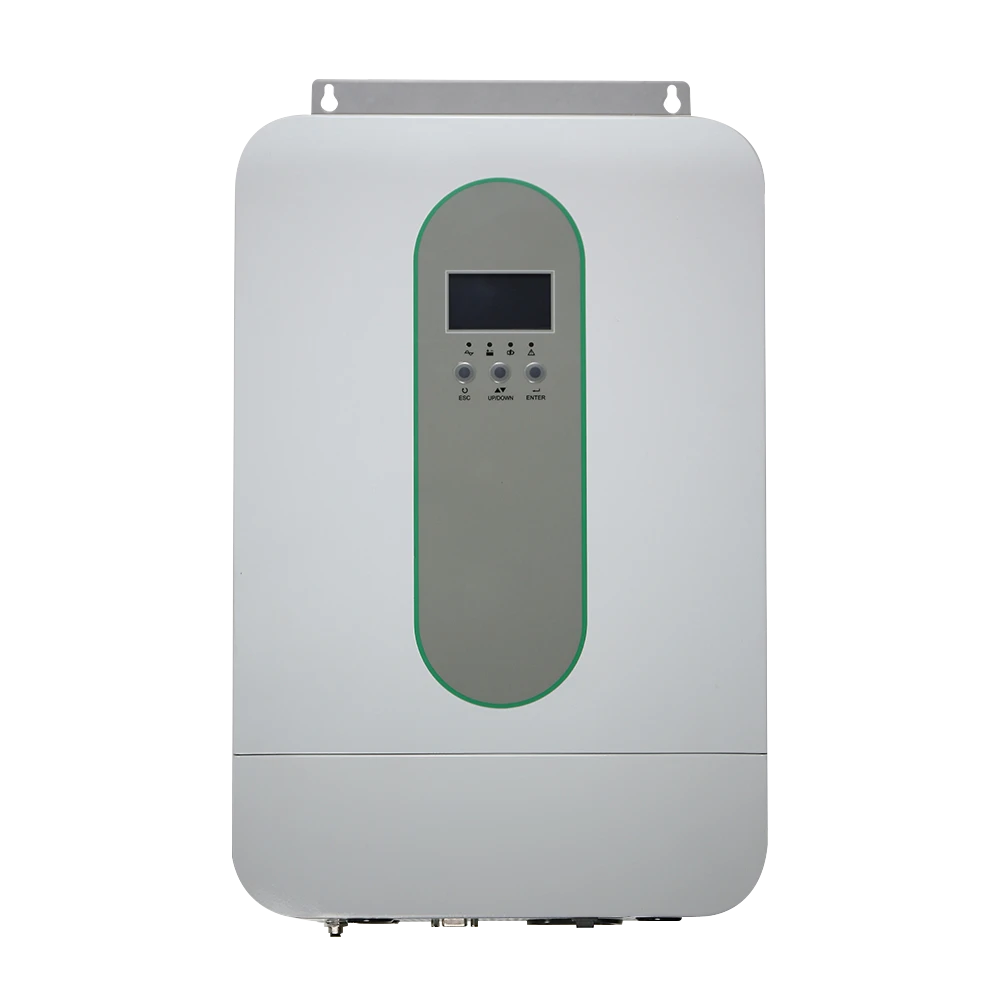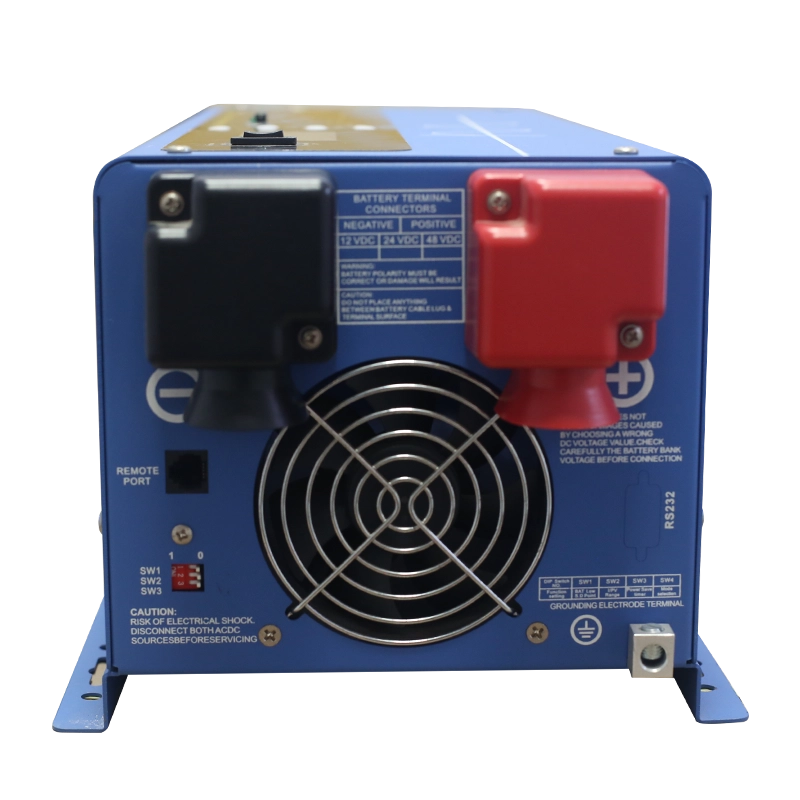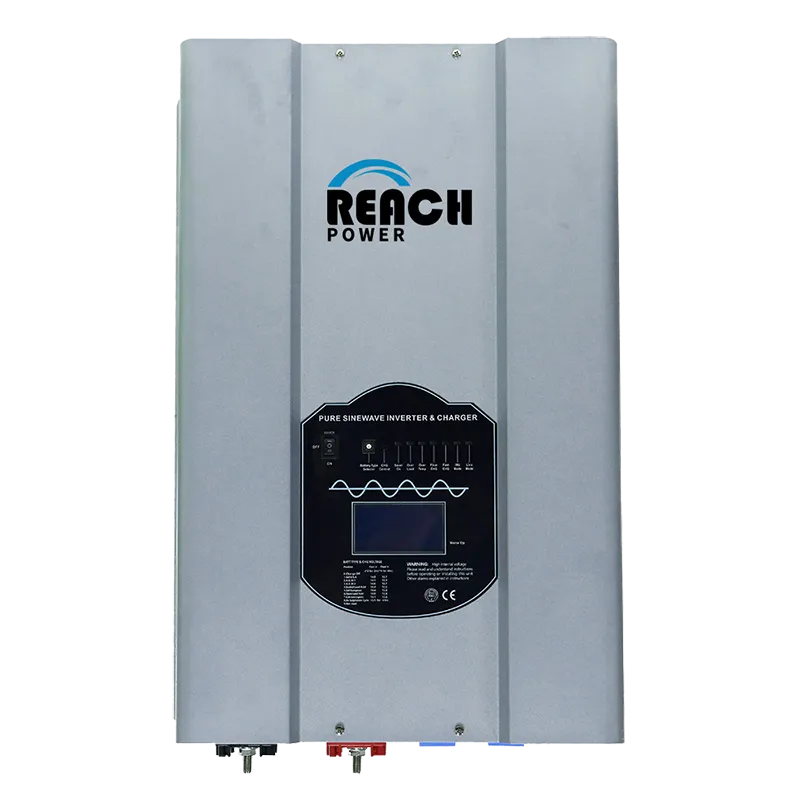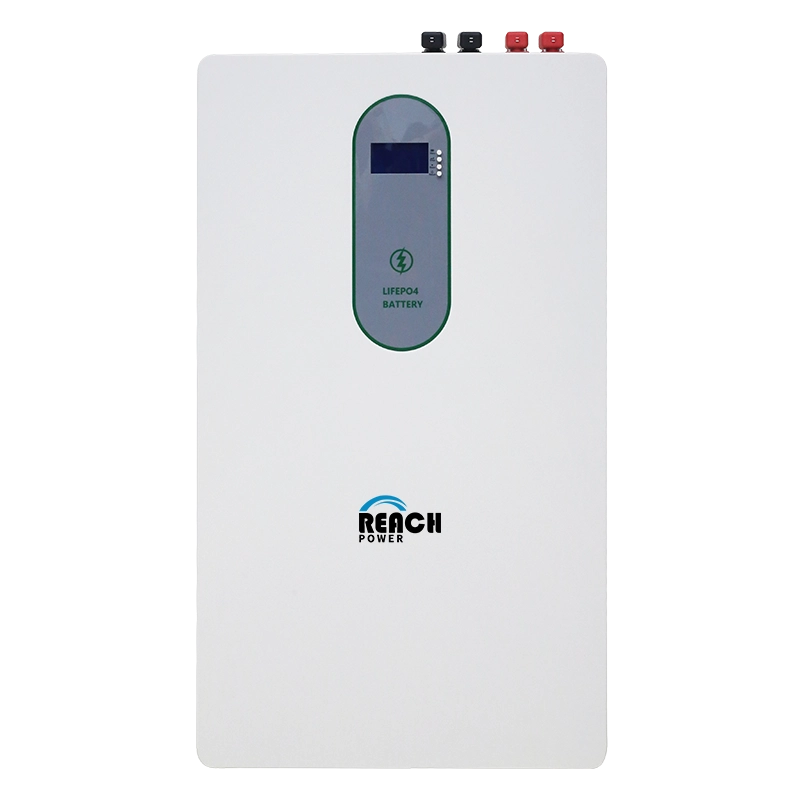I. Market Status: Remarkable Growth in Electrochemical Storage with China, US and Europe Dominating
The global energy storage capacity continues to expand, exceeding 240GW by the end of 2024. While pumped hydro storage accounts for 86.2%, electrochemical storage has shown astonishing growth, increasing its market share from 1.8% in 2021 to 11.7%. According to IEA predictions, electrochemical storage capacity will reach 233GW by 2025, with a 52.5% CAGR, becoming the core driver of new energy storage growth.
Regional Market Characteristics:
- United States: Front-of-the-meter large-scale storage projects account for 60% of new installations, with the Inflation Reduction Act (IRA) tax credits accelerating independent storage projects.
- Europe: Residential storage demand surges, with German household storage penetration exceeding 92%, driven by high electricity prices and grid stability needs.
- China: Mandatory renewable energy storage allocation policies (10%-20%) have spurred large-scale projects, though business models require further optimization.
II. Technology Trends: Lithium-ion Dominance and Breakthroughs in Long-Duration Storage
1. Lithium-ion Batteries: Currently representing 95% of electrochemical storage but facing lithium price volatility challenges. System costs are projected to drop to $200/kWh by 2025, with 600Ah+ large cells enabling single-container capacities exceeding 6MWh. 2. Flow Batteries: Vanadium redox flow battery costs decrease by 40%, accelerating adoption in 8+ hour long-duration scenarios. 3. Hydrogen Storage: EU has invested €2.7 billion in pilot projects, though efficiency limitations (30%-40%) remain a key constraint.
Innovative Technology Applications:
- Liquid Cooling Systems: Temperature differentials controlled within ±2°C, with thermal runaway warning accuracy improved to 92%.
- Grid-Forming Technology: Global shipments expected to reach 7GW by 2025, significantly enhancing renewable energy grid integration stability.
III. Policies and Challenges: IRA Act and Geopolitical Risks
Policy Drivers:
- US IRA Act provides 30% tax credits, stimulating independent storage investments.
- EU Battery Passport Regulation mandates full lifecycle carbon footprint tracking by 2027.
Risk Advisory:
- Supply Chain Risks: Export restrictions on critical materials (e.g., graphite, lithium) may increase costs.
- Technical Standard Fragmentation: Local content requirements in China, US and Europe exacerbate market division.
IV. User Q&A (FAQ)
Q1: Is installing residential energy storage cost-effective? A: In regions with electricity prices above $0.25/kWh (e.g., Germany, California), payback periods can shorten to 5-7 years.
Q2: How to choose technologies for commercial/industrial applications? A: Lithium-ion suits high-frequency needs under 4 hours, while flow batteries better match stable power supply scenarios exceeding 8 hours.


